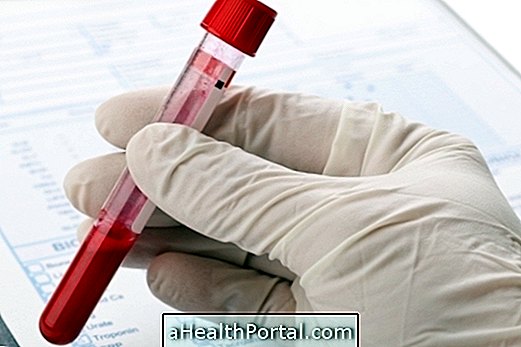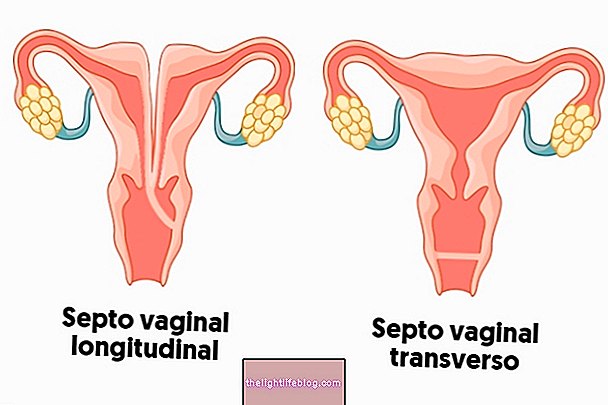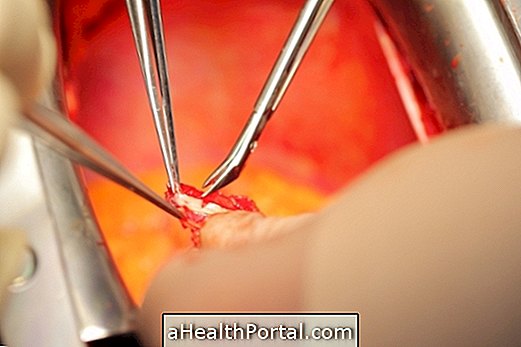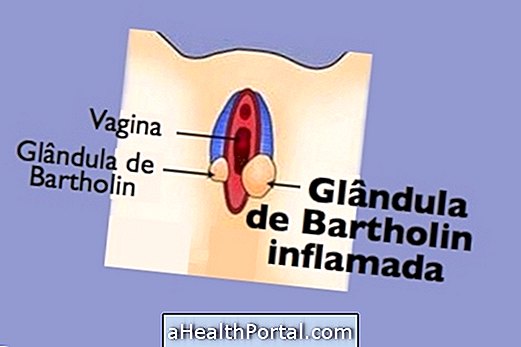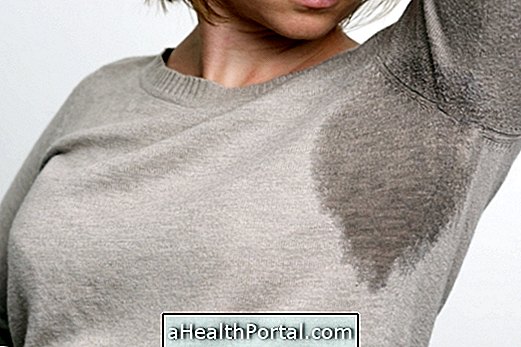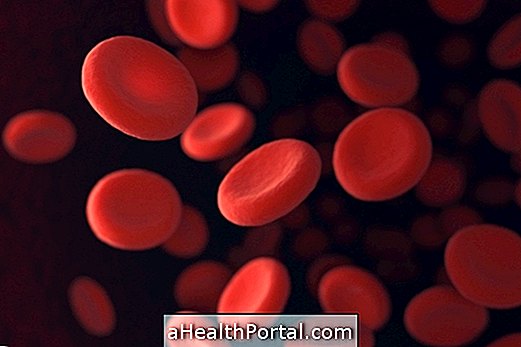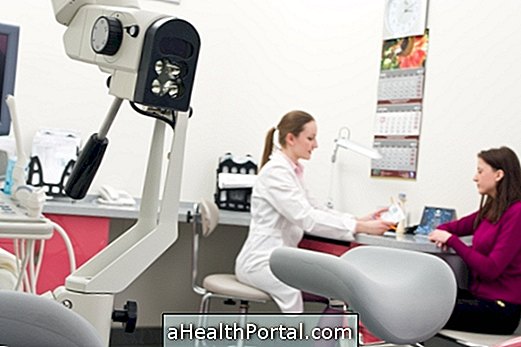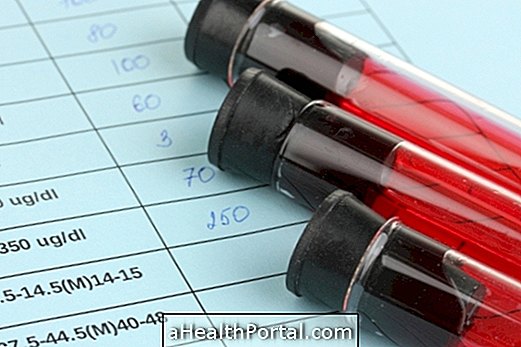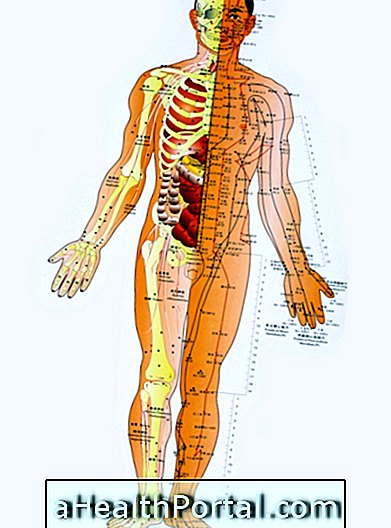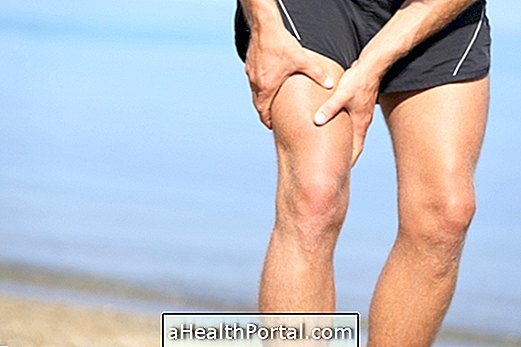The treatment for pelvic varices, which are dilated veins in the pelvic region, aims to decrease symptoms such as pain in the pelvic region, pain during sexual intercourse and feeling of weight or swelling in the intimate region, and can be done with:
- Analgesic remedies and remedies for varicose veins prescribed by the angiologist or vascular surgeon.
- Surgery
- Embolization technique
In addition, during treatment for pelvic varicose veins it is also important to take some precautions such as wearing elastic compression stockings and exercise regularly to promote compression of the veins and improve the return of venous blood to the heart.
Surgery for pelvic varices
In pelvic varice surgery, the doctor "knots" the affected veins, causing the blood to circulate only in the veins that are healthy. This surgery requires hospitalization and is done under general anesthesia.
In cases where this surgery or embolization is not effective, it may be necessary to have surgery for removal of varicose veins, or removal of the uterus or ovaries.
Embolization technique for pelvic varices
Embolization consists of placing small springs into the dilated pelvic veins to block the blood supply to the veins and thus lessen the symptoms. To do this, the doctor has to insert a needle into the veins of the pelvic region, put a catheter and only then insert the "springs".
The embolization is done with local anesthesia and sedation, lasts about 1 to 3 hours and generally, it is not necessary hospitalization. In addition, sclerotherapy with foam or other embolizers such as Gelfoam or Cyanoacrylate may be used to assist occlusion of the affected veins.
After the procedure, it is normal for the patient to feel pain and discomfort in the pelvic area and the location of the catheter placement becomes purple.
What to do during treatment for pelvic varices
During treatment for pelvic varices, the patient should have some care such as:
- Wear elastic compression stockings;
- Place a wedge at the foot of the bed;
- Avoid sitting too long or standing still;
- Practice physical activity regularly.
These care helps in the compression of the veins and in the return of the blood to the heart.
Signs of improvement
Signs of improvement arise with the completion of treatment and include decreased pain in the pelvic region, pain during intimate contact, and reduction of swelling and feeling of heaviness in the intima.
Signs of worsening
Signs of worsening occur when treatment is not done and include increased pain in the pelvic region, pain during sexual intercourse, and increased swelling and feeling of heaviness in the intima.


